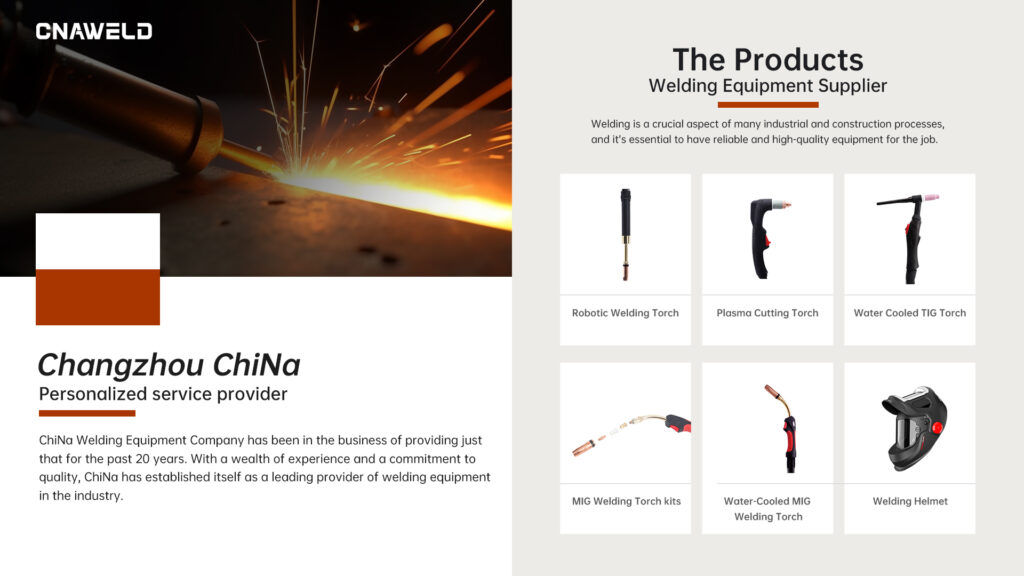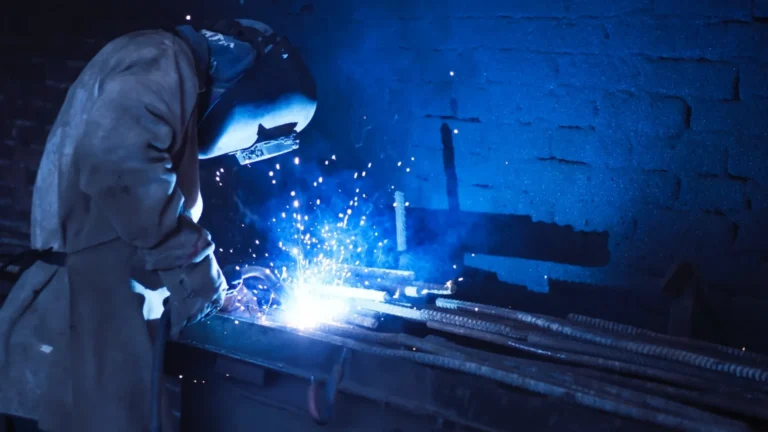Table of Contents
ToggleMIG Welding Techniques
MIG welding techniques, also known as Metal Inert Gas welding, are widely used in various industries due to their efficiency and versatility. However, like any welding process, MIG welding poses certain risks and hazards that need to be addressed to ensure the safety of the welder and those in the surrounding environment. In this article, we will discuss the essential safety precautions that should be followed when using MIG welding techniques.
Wear Appropriate Personal Protective Equipment (PPE):
One of the most crucial safety measures in MIG welding is wearing proper personal protective equipment. This includes a welding helmet with a shaded lens to protect the eyes and face from harmful UV radiation and sparks. Additionally, welders should wear flame-resistant clothing, including a welding jacket or long-sleeved shirt, pants, and welding gloves to protect against burns and sparks.
Ensure Sufficient Ventilation:
MIG welding produces hazardous fumes and gases, such as ozone, nitrogen oxides, and metal vapors. Therefore, it is essential to work in a well-ventilated area or use local exhaust ventilation systems to remove these fumes from the breathing zone. Adequate ventilation helps maintain good air quality and minimizes the risk of respiratory issues caused by welding fumes.
Prepare a Safe Work Area:
Before starting any welding operation, it is crucial to prepare a safe work area. Clear the area of any flammable materials, such as gas cylinders, combustible liquids, or debris that could catch fire from sparks or slag. Ensure that the work area is free from clutter and provides ample space for movement and positioning of the welding equipment.
Inspect and Maintain Equipment:
Regularly inspect your MIG welding equipment to ensure it is in proper working condition. Check the cables, connections, and grounding to prevent electrical hazards. Replace damaged or frayed cables immediately. Keep the welding machine and its components clean and free from grease, oil, or debris. Follow the manufacturer’s guidelines for maintenance and servicing of the equipment.
Secure Gas Cylinders:
MIG welding relies on a shielding gas, typically a mix of argon and carbon dioxide, supplied through gas cylinders. Proper handling and storage of gas cylinders are essential for safety. Ensure that the cylinders are stored upright, secured with chains or straps to prevent tipping or falling. Use appropriate regulators and hoses designed for the specific gas being used.
Use Welding Curtains or Screens:
Welding curtains or screens provide a physical barrier between the welding area and nearby personnel, protecting them from sparks, UV radiation, and welding arc flashes. Install these curtains or screens around the welding station to create a designated safe zone and prevent bystanders from accidentally entering the hazardous area.
Practice Proper Electrode Handling:
MIG welding uses a consumable wire electrode that is continuously fed through the welding gun. When changing or replacing the electrode, always follow safe handling practices. Ensure that the equipment is turned off and the welding gun trigger is released to prevent accidental arc initiation. Dispose of used electrodes properly and avoid contact with bare skin to prevent burns.
Be Mindful of Fire Hazards:
Welding involves the use of intense heat and sparks, creating a significant fire risk. Keep a fire extinguisher nearby and ensure you know how to use it. Clear the work area of any flammable materials and have fire-resistant blankets or extinguishing agents readily available. Additionally, have a fire safety plan in place and ensure all personnel in the area are aware of it.
Take Breaks and Stay Hydrated:
Welding can be physically demanding and can cause fatigue and dehydration. Take regular breaks to rest and rehydrate. Drinking plenty of water helps maintain focus and alertness during welding operations.
Continuous Training and Education:
Finally, it is essential to continuously educate yourself on welding safety techniques and stay updated on the latest industry standards and best practices. Participate in safety training programs and workshops to enhance your knowledge and skills in MIG welding safety.
Following proper safety precautions is paramount when using MIG welding techniques. By wearing appropriate PPE, ensuring proper ventilation, maintaining equipment, securing gas cylinders, using welding curtains, practicing safe electrode handling, being mindful of fire hazards, taking breaks, and staying educated, welders can significantly reduce the risk of accidents and injuries. Remember, safety should always be the top priority in any welding operation.


